XMM-Newton SOC Home Page - XMM-Newton
Welcome to the XMM-Newton Science Operations Centre
The European Space Agency's (ESA) X-ray Multi-Mirror Mission (XMM-Newton) was launched by an Ariane 504 on December 10th 1999. XMM-Newton is ESA's second cornerstone of the Horizon 2000 Science Programme. It carries 3 high throughput X-ray telescopes with an unprecedented effective area, and an optical monitor, the first flown on a X-ray observatory. The large collecting area and ability to make long uninterrupted exposures provide highly sensitive observations.
Since Earth's atmosphere blocks out all X-rays, only a telescope in space can detect and study celestial X-ray sources. The XMM-Newton mission is helping scientists to solve a number of cosmic mysteries, ranging from the enigmatic black holes to the origins of the Universe itself. Observing time on XMM-Newton is being made available to the scientific community, applying for observational periods on a competitive basis.
Read more about the spacecraft, mirrors and instruments and about the XMM-Newton SOC.
News and Highlights

International Collaboration Meeting for High-Energy Missions in Japan
The XMM-Newton SOC and calibration team presented the status of the XMM-Newton instruments at the latest meeting of the International Astronomical Consortium for High-Energy Calibration (IACHEC) earlier this month. The meeting was held in Osaka (Japan) and was attended by representatives from most current X-ray telesocpes, like XRISM, Chandra, NuSTAR, NICER, and many more. All talks from the meeting are public and can be found here, in particular the XMM-Newton calibration status is avilable here.
Further details on IACHEC.org web portal.
- Removed a total of (1) style text-align:center;
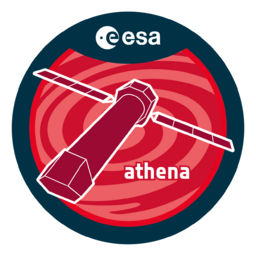
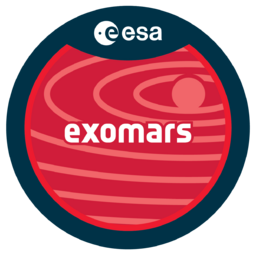
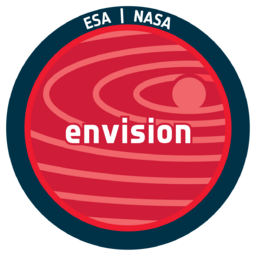
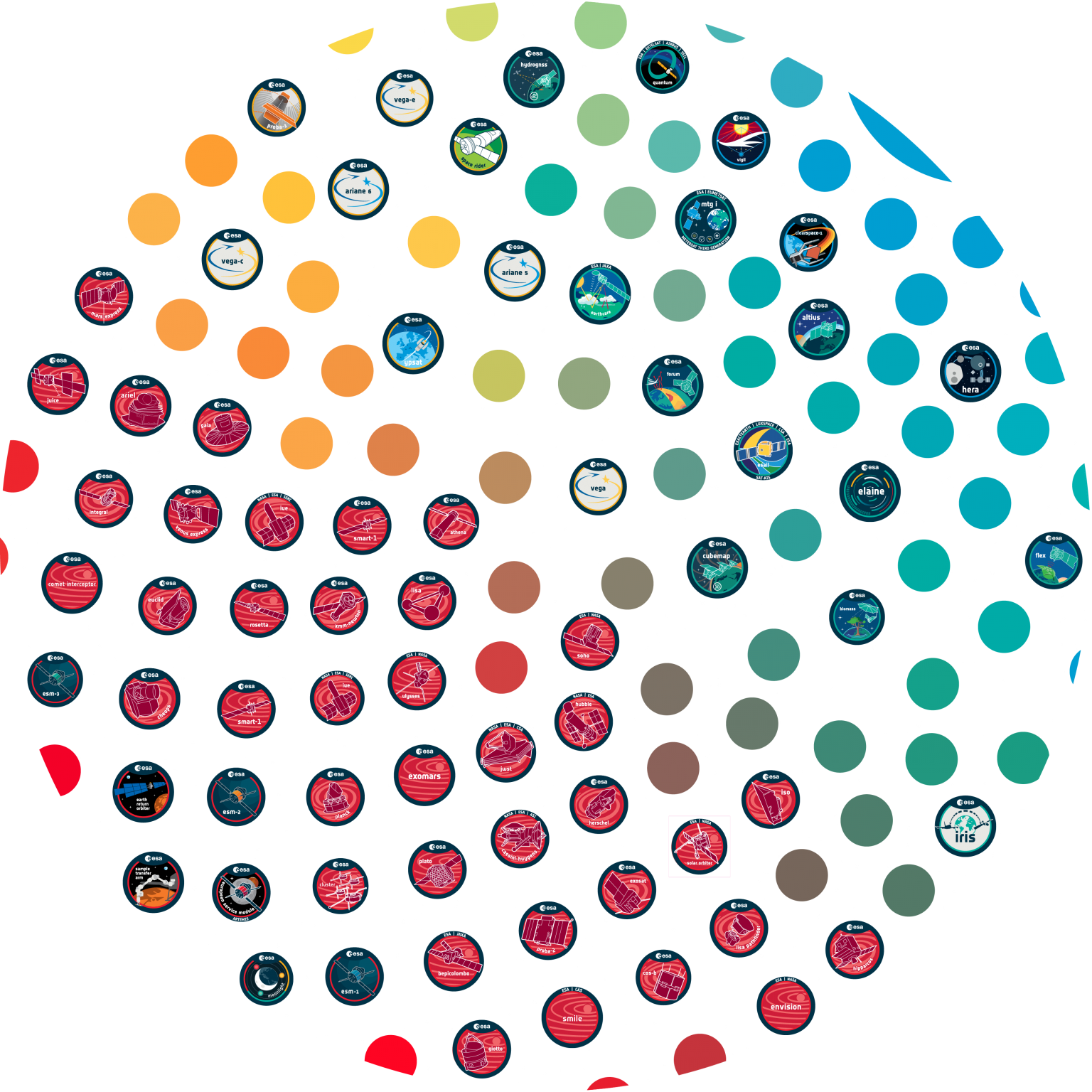
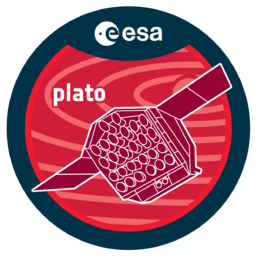
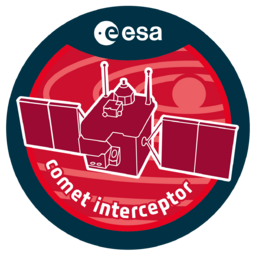

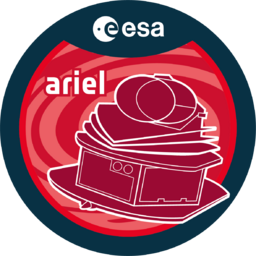
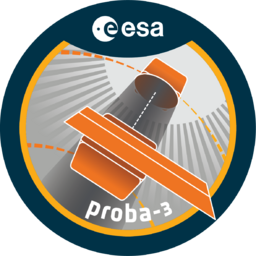
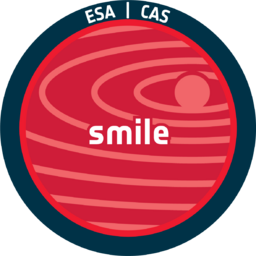
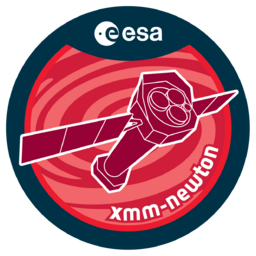
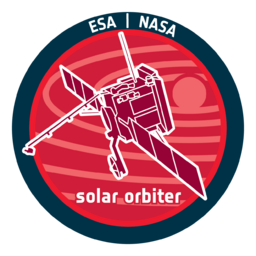
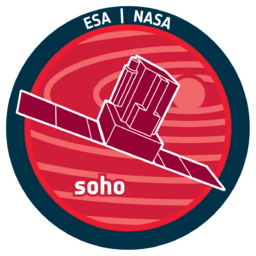

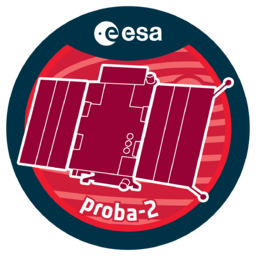
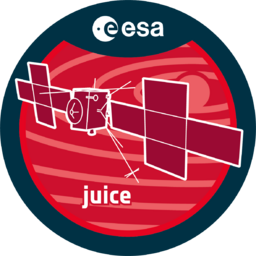
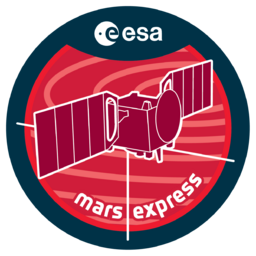
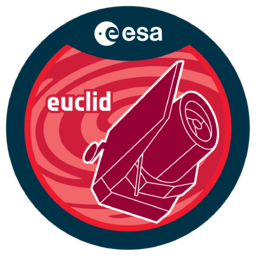
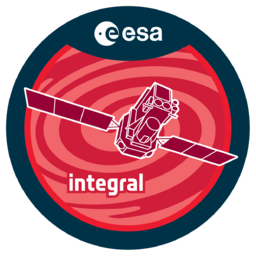
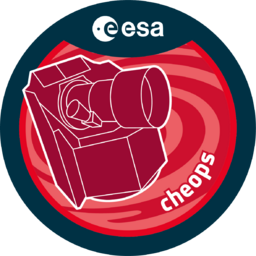
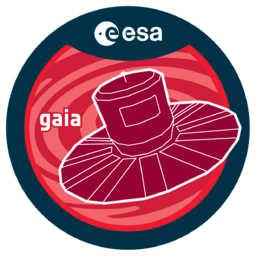



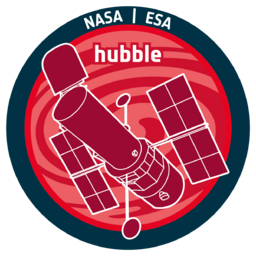

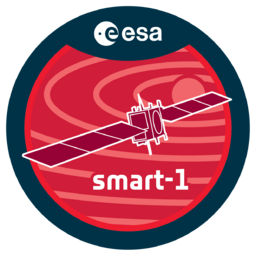
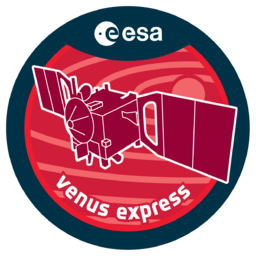
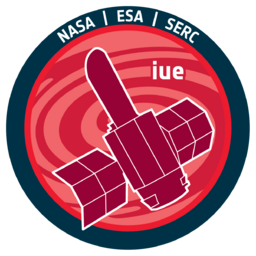
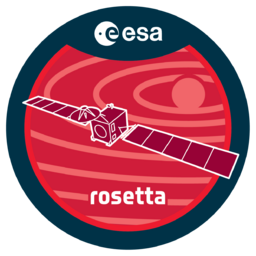



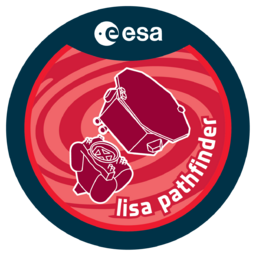
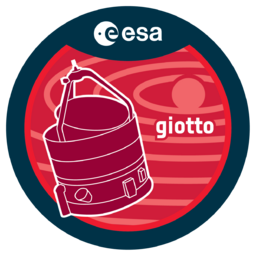
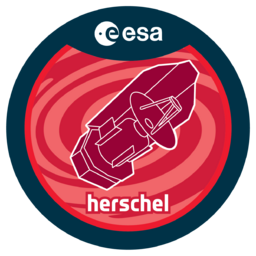
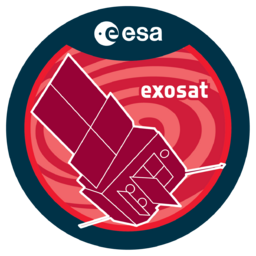
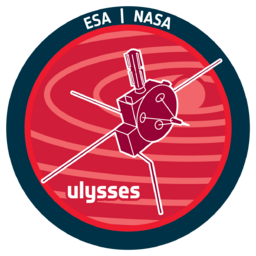
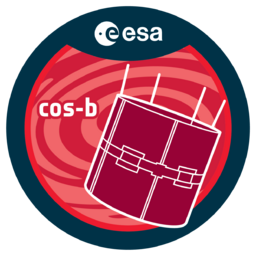

 Sign in
Sign in
 Science & Technology
Science & Technology




